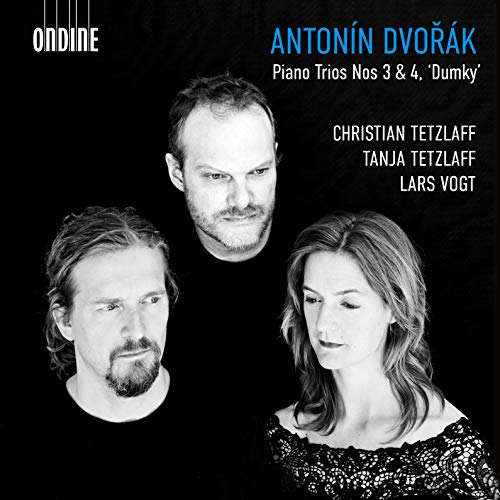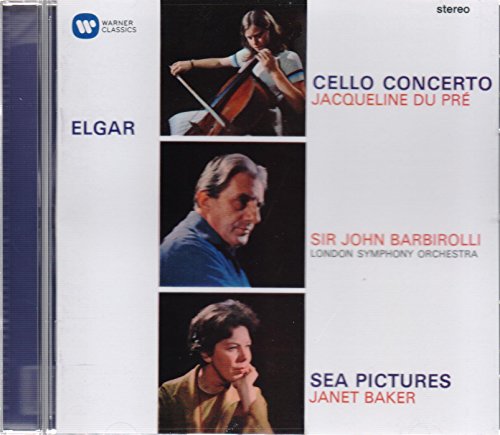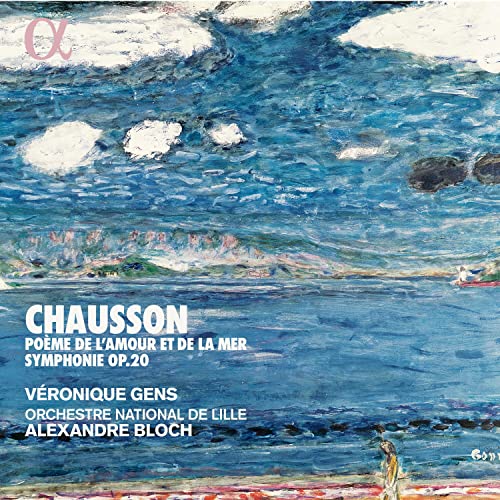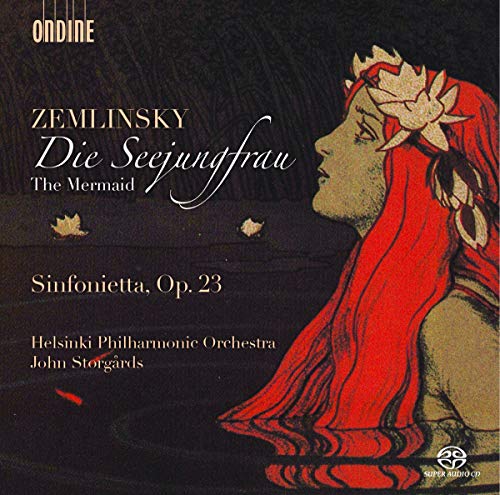Critic’s Notebook: Keenlyside Rejuvenated - A Relative Winterreise Success
Also published in Die Presse: Keenlyside im Konzerthaus: Auf Winterreise nach vokaler Verjüngungskur
Simon Keenlyside: A Winter Journey, Raw but Renewed
A sound Schubert-evening from the british baritone Simon Keenlyside, showing him in much-improved form from a previous Vienna outing.
Six years ago, the then-sixty-year-old Simon Keenlyside sang Schubert’s Winterreise at the Vienna State Opera (reviewed on ClassicsToday) — arguably the least suitable venue imaginable for that work. It was, alas, a memorable evening: moving, yes, but also pitiable, given the state of Sir Simon’s voice. There was hardly a symptom of decline that didn’t make itself heard that evening. So why, one wondered, would the Konzerthaus — usually blessed with an unerring instinct for singers — take the risk of presenting him again?
Presumably because they know something we don’t: namely, that Keenlyside seems to have undergone a kind of vocal rejuvenation. There was little trace here of age, brittleness, or rasp. And he didn't even make much use of the Mozart-Saal’s intimacy, singing with rather more force than the (near-ideal) space would have required.
“Die kalten Winde bliesen / [Ihm] grad‘ ins Angesicht“, to paraphrase Schubert’s opening lines, or: “The cold winds blew straight into his face,” and Keenlyside fought back — successfully — with volume and determination, pacing the stage like Rilke’s tiger. “The post brings no letter for you…” was, by contrast, almost spoken, gently shaped. A single croak did intrude, though fittingly in “Die Krähe.”
In “Der Wegweiser” — the song in which the last hope (if there ever was any) fades away — he kept his tone steady at first, then shaded the final stanza in darkness. Here, as throughout, he was accompanied in wonderfully monochrome monotony by the seasoned song-partner Malcolm Martineau, whose playing ranged from laconic to nervously energized, always robust, dramatic, never falsely restrained, and unfailingly elegant in touch.
Keenlyside is hardly going to be able to claim textual-interpretive authority in this work — the words were too often blurred or not endowed with any particular dramatic emphasis — but there are hundreds of ways to make this cycle work. And this strong, vocally rough-hewn, almost brusque one was one such, largely convincing, way.

Follow @ClassicalCritic









































































